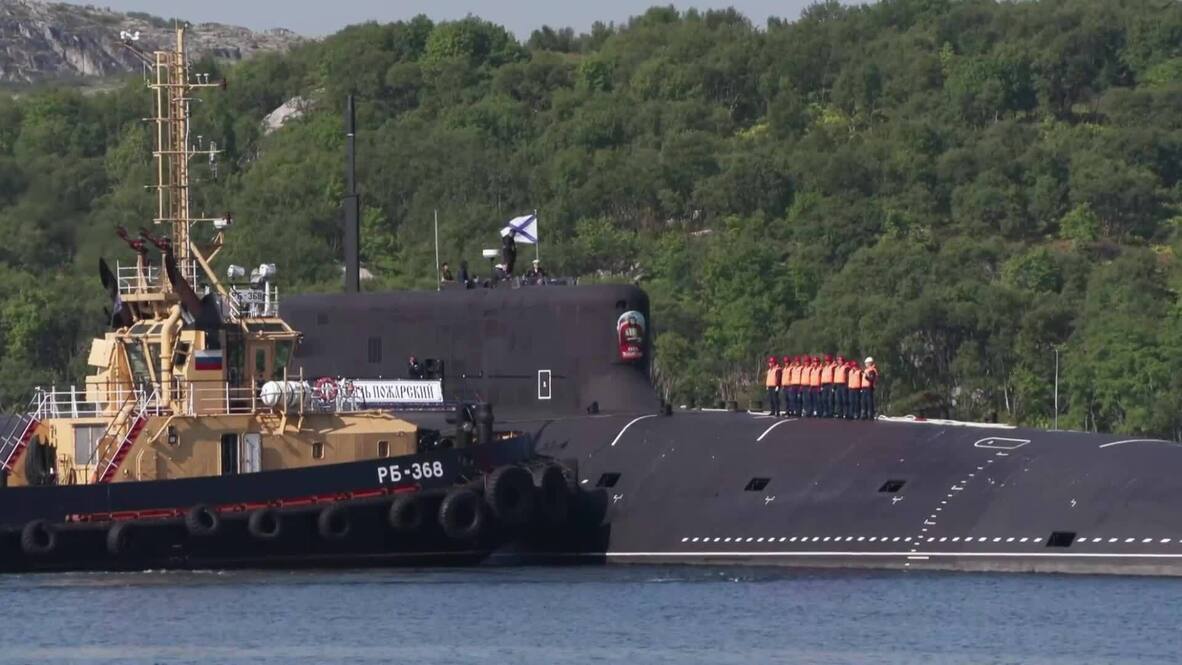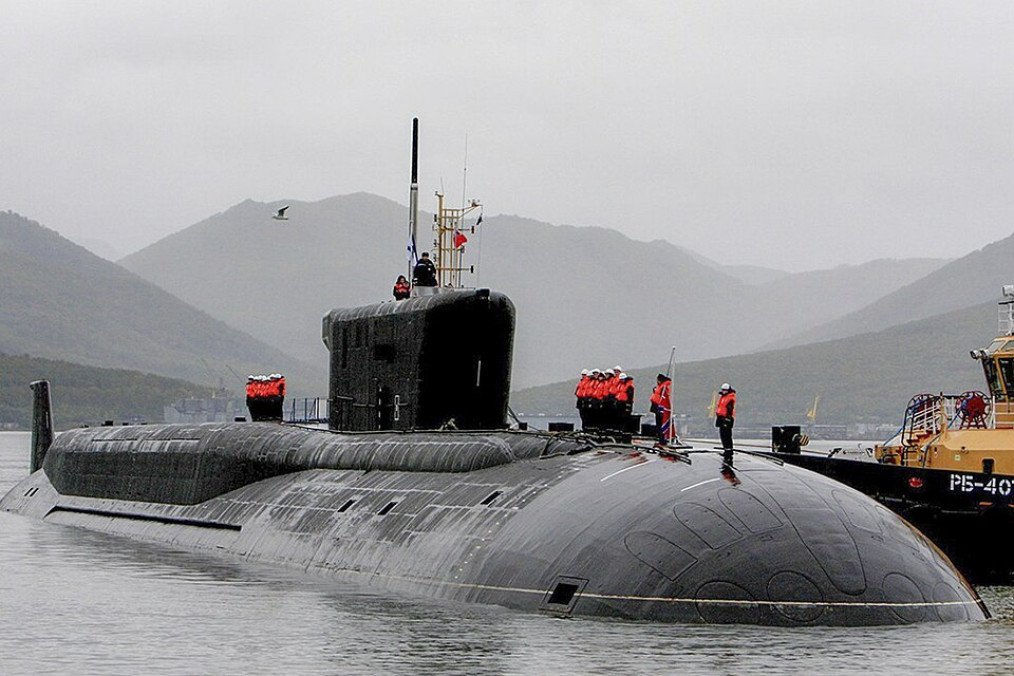
On a seemingly triumphant July 24, a declaration of naval might echoed through Russia as President Vladimir Putin unveiled the Knyaz Pozharsky, the nation’s newest nuclear submarine. With the puffed-out chests of dozens of its crew before him, the Russian leader proclaimed this stealth vessel, destined for the Northern Fleet, would profoundly “strengthen the security of the fatherland.” He hailed it as an emblematic symbol of a “modern, powerful navy,” projecting an image of impregnable maritime strength.
Yet, this carefully constructed facade of invincibility began to crumble just ten days later. Ukrainian state hackers successfully infiltrated Russian systems, pilfering a vast trove of secret documents related to the Knyaz Pozharsky. These highly classified files, subsequently published online, revealed what Ukrainian intelligence described as “critical” limitations within the state-of-the-art submarine, directly challenging Moscow’s narrative of naval supremacy.
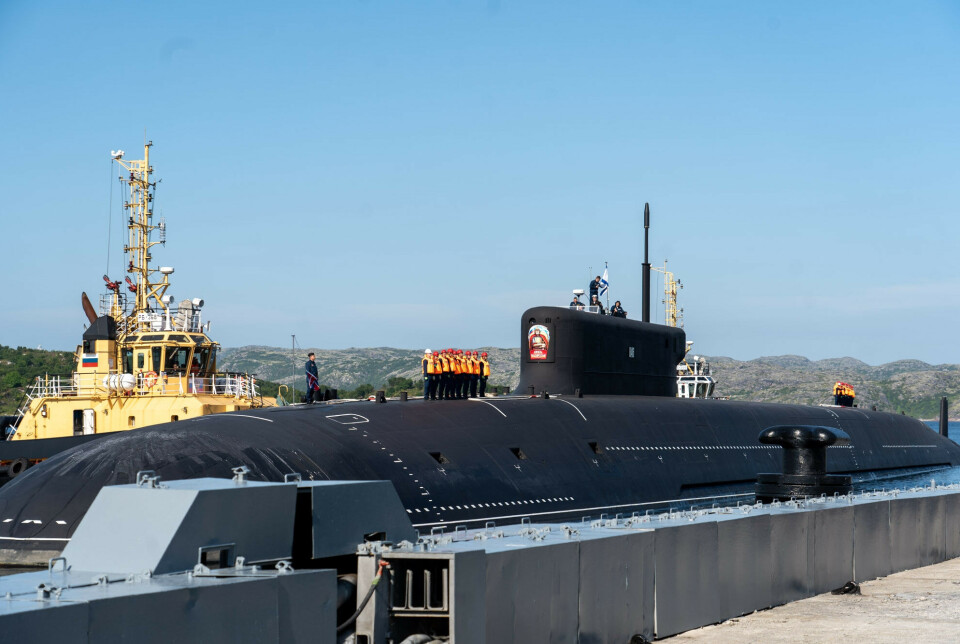
The Knyaz Pozharsky is not merely another vessel; it is a Project 955A Borei-A class submarine, representing a crucial pillar of Russia’s nuclear triad. These formidable, stealthy, nuclear-powered boats measure 170 meters in length and can achieve speeds of 29 knots, or approximately 33 miles per hour, when submerged. Each Project 955A vessel, including the Knyaz Pozharsky, is designed to carry 16 RSM-56 Bulava submarine-launched ballistic missiles (SLBMs).
The RSM-56 Bulava, a three-stage solid propellant intercontinental ballistic missile, has been in active service since 2013, boasting an estimated range exceeding 8,000 kilometers. Significantly, each missile is capable of carrying up to 10 independently targetable warheads, with each warhead containing approximately 100-150 kilotons of nuclear material. Beyond its ballistic missile capabilities, these submarines are also equipped to carry a dozen torpedoes, further enhancing their combat potential.

The construction of the Knyaz Pozharsky commenced in 2016, culminating in its commissioning on July 24 at a ceremony personally attended by President Putin in Severodvinsk. At this event, he boasted that the submarine was outfitted with “the most effective electronic equipment and strike weapons.” The vessel was subsequently assigned to the 31st submarine division of Russia’s Northern Fleet, based in Gadzhievo in the Murmansk region, underscoring its strategic importance.
However, the intelligence leak perpetrated by Ukraine’s military intelligence agency, the HUR, directly targets this perceived invulnerability. The stolen documents provided an unprecedented, granular insight into the Knyaz Pozharsky’s inner workings. These included detailed specifications of its combat systems, intricate technical schematics, and comprehensive survivability measures, revealing the very design elements intended to make it a formidable force.

The trove also contained deeply sensitive operational data, such as crew rosters, engineering reports, and a log detailing daily combat duties. Furthermore, the hackers gained access to internal regulations for cabin and living quarters, protocols for transferring wounded personnel and cargo, and even towing procedures. The documents also encompassed various operational guidelines and a technical report on the inspection of a damaged radio buoy, which even named the commission members and companies involved in the evaluation.
The HUR proudly stated that this intelligence allowed them “to identify the features and technical limitations of not only the Knyaz Pozharsky, but also other submarines of project 955A, which are critically important for supporting the imperial myth of the aggressor state of Russia.” This suggests the breach provides a comprehensive understanding of an entire class of Russia’s most advanced nuclear submarines, potentially jeopardizing the entire Borei-class strategic ballistic missile submarine fleet.

This intelligence coup carries profound implications, extending far beyond the immediate technical exposures. Maxim Starchak, an expert in Russian nuclear policy, posited that while much of the technical information might already be known to US intelligence agencies, who constantly monitor Russian submarines, the greater significance lies in the “blaring psychological threat” this leak sends reverberating through the Kremlin’s corridors.
Mr. Starchak emphasized that “Nuclear weapons are a main symbol of Russia’s greatness.” He argued that if Ukrainian intelligence can uncover weak points in Russia’s sea-based nuclear capabilities, it directly undermines the very strength and authority that Moscow diligently attempts to project on the global stage. This is particularly damaging to a state that relies heavily on its military might for its international standing.
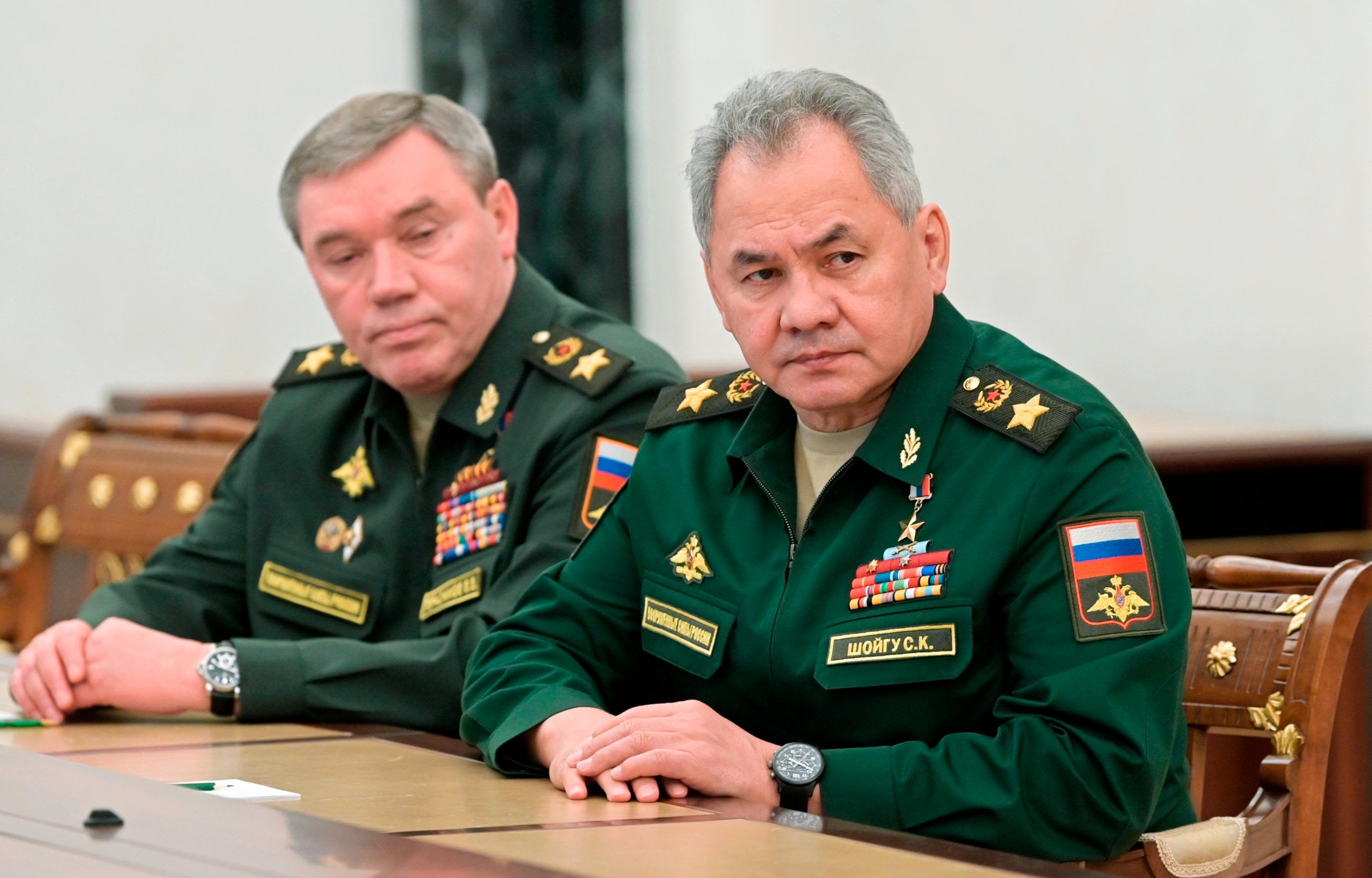
He further elaborated that the breach constituted “a serious blow to the Russian defence ministry and its nuclear capabilities as it cannot guarantee the secrecy of their plans, missions, and operations.” Such an inability to secure highly sensitive information represents a fundamental failure in national security, challenging the core competencies of the defense establishment. Mr. Starchak predicted a swift and severe response from Moscow, noting, “This is a dangerous situation for Moscow. The Kremlin will try to find the people responsible and punish them strictly, demanding that the defence ministry solve the issue of cybersecurity.”
Yet, addressing the systemic cybersecurity issues plaguing Russia’s defense apparatus is unlikely to be a swift fix. Analysts report that Ukrainian hackers are persistently carrying out increasingly advanced operations, relentlessly attempting to breach or, in many cases, already lurking undetected within Russia’s most critical defense and military infrastructure. This suggests a deeply embedded and persistent threat that cannot be easily eradicated.
Ukraine’s cyber capabilities have demonstrably evolved, marking a notable shift in the cyber battlefield previously dominated by Russia. David Kirichenko, an analyst specializing in cyberwarfare, observed, “Ukraine has shown remarkable cyber capabilities on both the offensive and defensive fronts.” He highlighted the inherent motivation and proactive nature of many Ukrainian hackers, often operating effectively “even without state oversight,” which provides a unique operational flexibility.
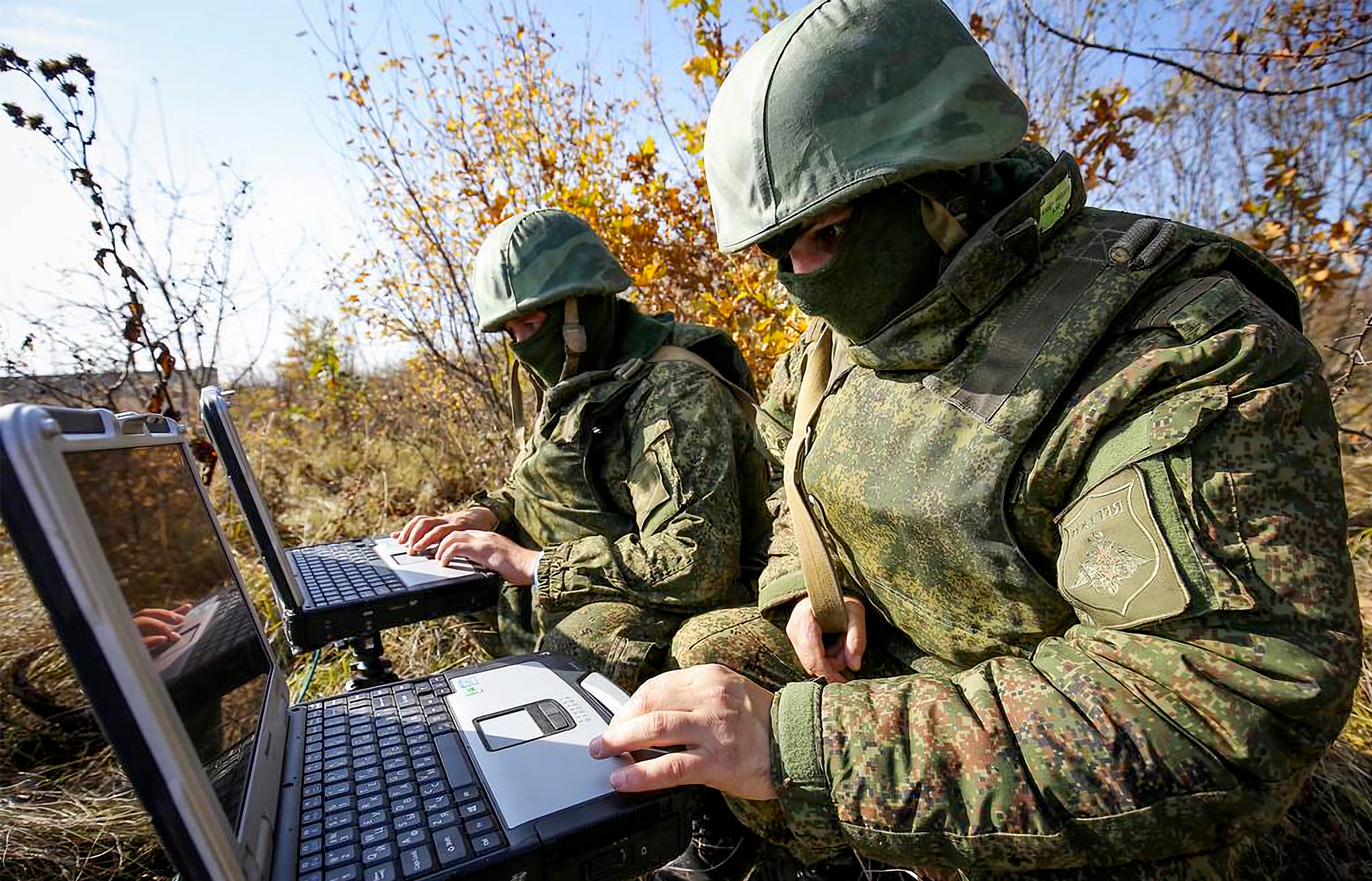
This agile approach contrasts sharply with Moscow’s more centralized cyber campaign, which primarily relies on state-sponsored groups operating within rigid structures. Two years ago, Kyiv made a world-first public appeal, openly calling upon hackers globally to aid its crowdsourced cyberwar efforts. This unprecedented initiative led to the formation of the “Ukraine IT army,” a collective of volunteers leveraging their combined computing power to disrupt and sow chaos within Russian systems.
The vigilante collective, believed to comprise thousands of participants, has proven adept at overwhelming the cyber defenses of various Russian government, media, and financial institutions. A report issued in March by F6, a Russian cybersecurity firm, indicated a sharp increase in the number of attacks attributed to the IT army over the past year. While the initial fanfare surrounding the IT army’s prowess may have been somewhat overstated by some analysts, HUR has steadily increased its coordination with civilian hackers to target Russian infrastructure.

